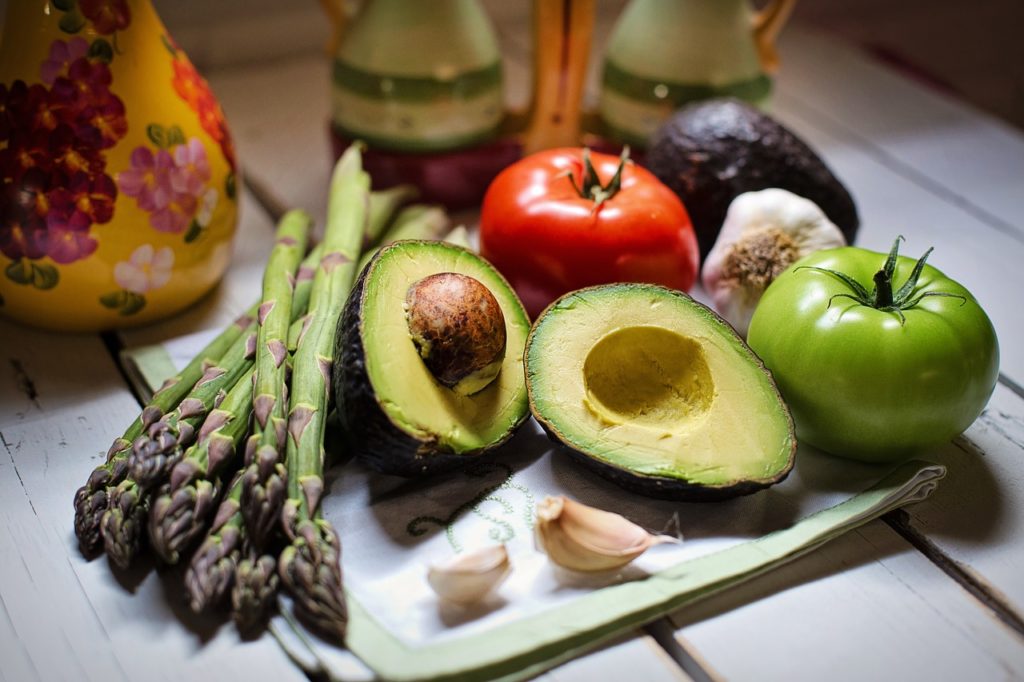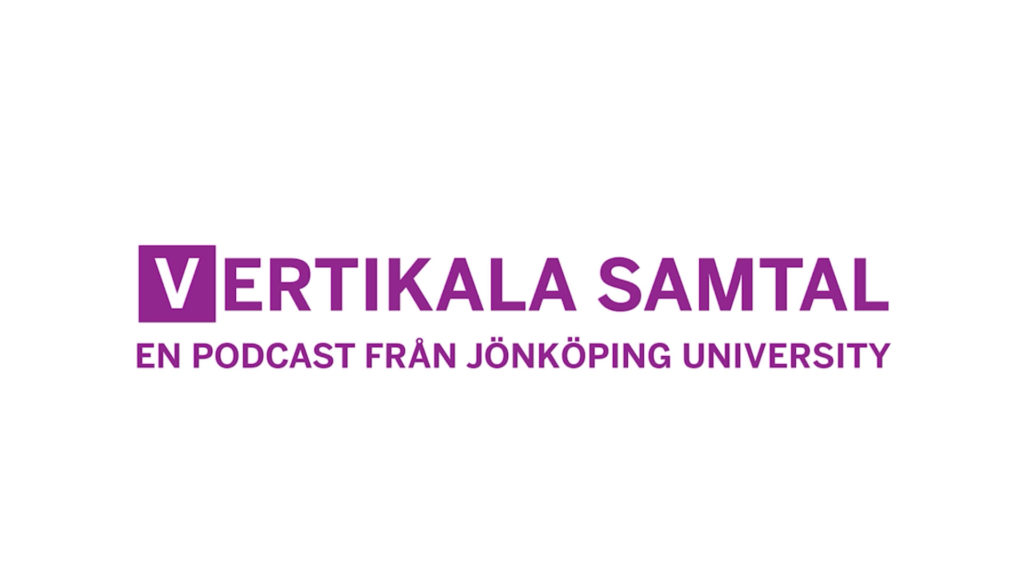Media Management and Transformation Centre (MMTC) at JIBS
Prevent the World’s Doom, Consume a Healthy Legume
We know Livsmedelsverket’s eating guidelines, and we know we ought to eat more fruit, vegetables and legumes. But is this really the case? Research in 2004 found that Swedes eat fewer vegetables (117g-165g per day) than other countries (Japan, 152g-283g per day). A 2008 study among Swedish school children found that most eat no more than two portions of fruit and vegetables a day. The picture associated with the consumption of legumes is not much better. They can contribute to longevity as they are high in protein and starches (Darmadi-Blackberry et al., 2004) but Swedes eat 18g-21 g per day compared to 65g-85g daily by the Japanese.

Despite this knowledge, Swedes are not consuming large amounts of legumes. We were interested to find out why this is the case. This research was undertaken as part of a larger project involving researchers from Jönköping International Business School (JIBS), Swedish University of Agricultural Sciences (SLU), Linnaeus University (LNU), the food industry, regional councils, farmers, and consumers to develop environmentally-smart, protein-rich, and novel food products containing legumes.
We interviewed eighteen people who described themselves as health conscious, because they were already interested in health matters and taking care of their health. They were interviewed about their attitudes towards legumes and specifically towards legume-based products including if they would buy them.
We found various factors that influence whether consumers will buy legumes and legume-based products. The first is knowledge about legumes, how to prepare them as well as their nutritional benefits. Because consumers do not know how healthy they are or how to prepare them, they are hesitant about purchasing them. Awareness of their environmental benefits are also not widely known. As one participant said: “More knowledge would help me get over the threshold and understand that consuming legumes is neither tedious or complicated. If I would know more, I would probably consume more.” Communication about these aspects, as well as recipe suggestions can help consumers make healthier choices.
The second factor is the taste of legumes, which consumers need to believe is good if they are to purchase legumes. “Taste is really important. I like legumes a lot. I do not just say it to become popular in this situation. Seriously, I really do like them a lot. I have always thought they are tasty, even in their most boring form.” This is important as the taste encourages continued consumption – we don’t eat items that don’t taste nice. “I have a negative attitude [towards legumes] due to their taste. I do not think that they taste good enough.”
The third factor was the attitude of family members and friends as well as social media towards legumes. We are influenced by others, whether our social circle or our virtual circle. “My family has a negative attitude towards legumes. They have never eaten it and will most probably never will.” The posting of recipes using legumes on social media could influence people to purchase these products as an alternative.
So how do we get people to eat more legumes to improve their health and support the planet? One way is “meatless Mondays” while another is the introduction of more plant-based alternatives by organisations. SCAN is, for example, producing Korvish and Järpish, and IKEA have introduced a substitute to meatballs, named Grönsaksbullar. Communicating about how to use them and their benefits for all is the key to a healthier society.
This work is linked to a thesis project conducted by Sara Da Silva Lernstål & Konstantin Kiratsopoulos.
Adele Berndt
Associate Professor
Business Administration , Jönköping International Business School
Darmadi-Blackberry, I., Wahlqvist, M. L., Kouris-Blazos, A., Steen, B., Lukito, W., Horie, Y., & Horie, K. (2004). Legumes: the most important dietary predictor of survival in older people of different ethnicities. Asia Pacific Journal of Clinical Nutrition, 13(2), 217-220.
Gustafson, J., Nilsson, D & Rosell Nilsson, M. (2008). Gröna Barn – En undersökning i Malmö om barn och ungdomar och deras vanor att äta frukt och grönsaker (Bachelor thesis). Kristianstad: Department of Behavioural Sciences, University of Kristianstad.
Nilsson, M. & Wermelin. A. 2013. Beans with means – School children’s experiences of legume based lunch meals. Unpublished Bachelor thesis, Göteburgs Universitet.
Detta är en bloggtext. Det är skribenten som står för åsikterna som förs fram i texten, inte Jönköping University.



.png)

